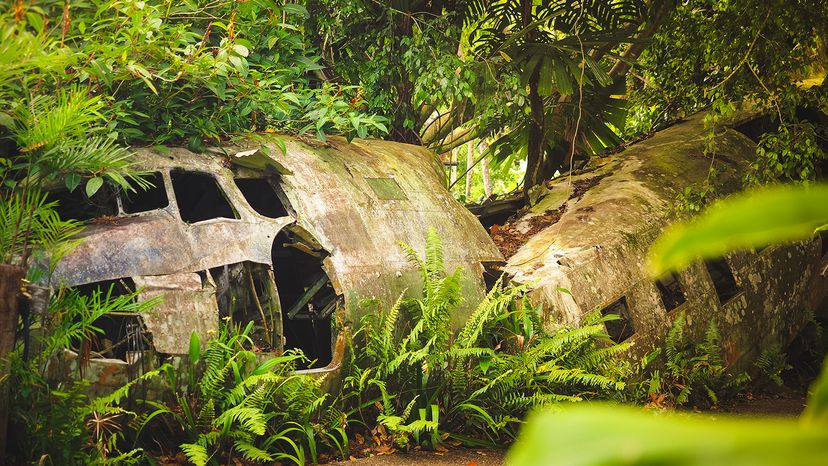On Christmas Eve, 1971, seventeen-year-old Juliane Koepcke embarked on what was supposed to be a routine flight from Lima to Pucallpa, Peru, with her mother. However, the journey took a disastrous turn when LANSA Flight 508 encountered a severe thunderstorm. The plane was struck by lightning, disintegrating mid-air, and sending passengers plummeting into the dense Amazon rainforest below.

Miraculously, Koepcke survived the two-mile fall, still strapped to her seat. Although she sustained a broken collarbone, deep cuts, and a severe concussion, her ordeal had just begun. Alone in one of the world’s most unforgiving environments, she relied on survival skills learned from her father, a biologist, and her time spent at his research station.

For ten grueling days, Koepcke navigated the jungle, driven by a relentless will to survive. She followed streams, knowing they would lead to larger bodies of water and eventually to human habitation. Her injuries became infected, and her food supply consisted of small amounts of candy found in the wreckage. Despite these challenges, her determination never wavered. On the tenth day, Koepcke stumbled upon a canoe and a small shelter used by lumber workers. She waited there, and shortly thereafter, workers discovered her and took her to safety. Her survival was hailed as nothing short of miraculous, and her story captivated the world.

Juliane Koepcke’s extraordinary tale of resilience and endurance stands as a testament to human survival against the odds. Her experience was later chronicled in her memoir, “When I Fell from the Sky,” and continues to inspire those who face insurmountable challenges.
References:
1. www.britannica.com/biography/Juliane-Koepcke.
2. www.history.com/news/juliane-koepcke-survived-plane-crash.







